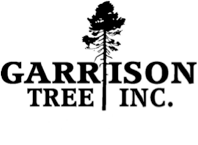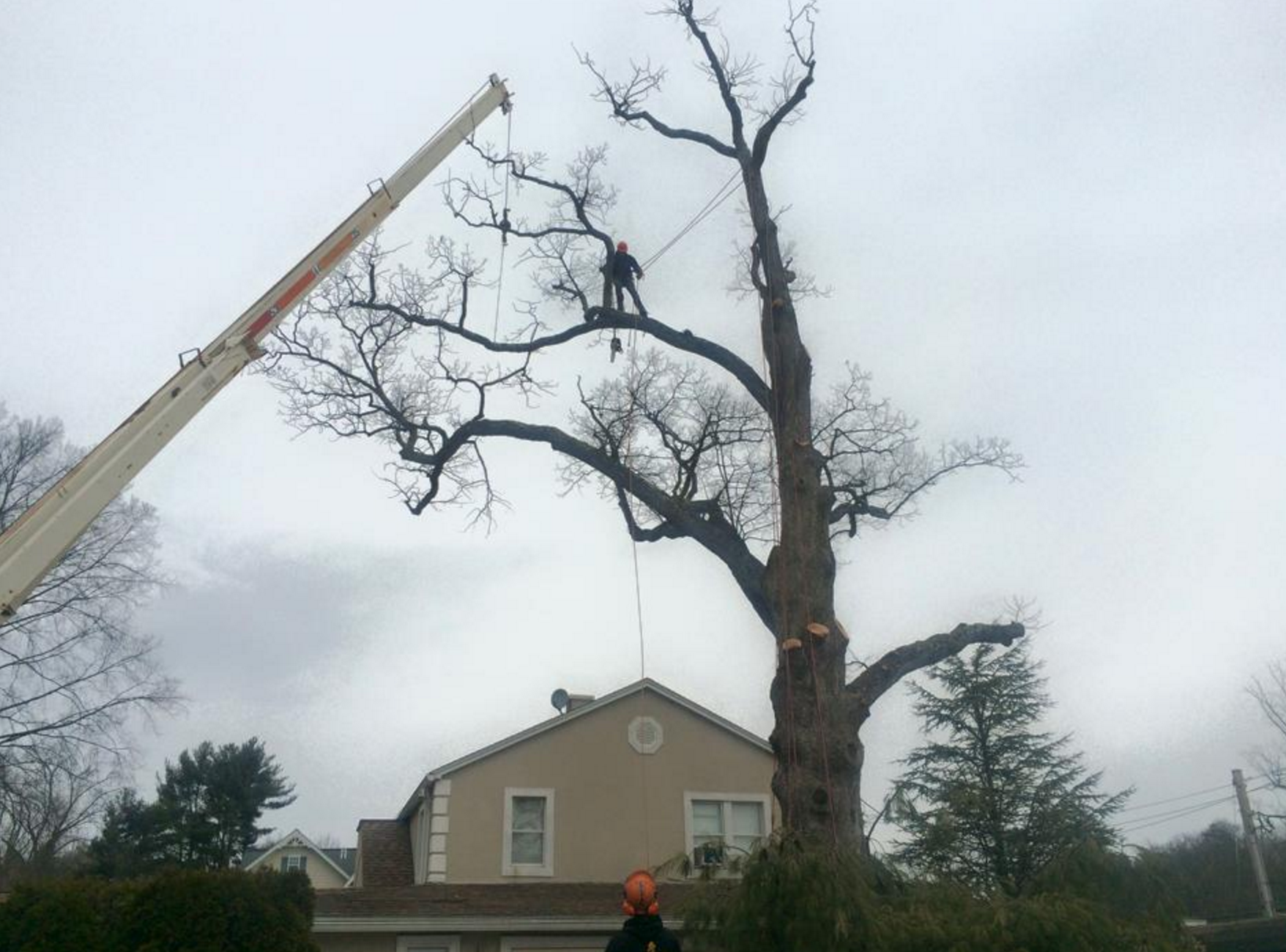Determining when and how to cut down a tree on your landscape can be difficult. For instance, when are your favorite tree’s signs of decay severe enough to warrant removal? Or, how will cutting down a dying tree affect the surrounding plant life? Tree care experts can provide valuable assistance when felling a tree, but it’s also important to have your own base of knowledge beforehand. Tree removal is permanent, so familiarize yourself with these essential things to know first.
1. Prioritize Safety Over Cost-saving Measures
Cutting down a tree involves hazardous equipment used from dangerous heights and requires expertise that goes beyond common sense. Local ordinances may demand you to obtain a permit which, in some cases, may only be applied for by a tree care professional. An in-depth understanding of your tree’s specific species is sometimes mandatory for obtaining such permits, as well, as it will influence how your tree is dealt with. Unless you have the proper tools, correct safety measures, and prior experience, it is strongly recommended to hire a tree care professional.
2. Can Your Tree Be Salvaged?
Often, it is not necessary to cut a dying tree that does not present an immediate hazard to the surrounding area. In fact, dead trees left to decay naturally act as homes for small animals such as woodpeckers and chipmunks. With the right effort, it’s possible to prolong the life of a dying tree through deep watering and routine elimination of diseased and dead wood. Long-term maintenance of this kind, however, is expensive, so think about whether regular upkeep is worth the cost.
3. Consider the Surroundings
Trees provide valuable shade, wind, light filtration, and increase the value of your property. Before cutting your tree down, know first how its absence will affect the surrounding landscape. Consider how other trees and plants, as well as your main home, benefit from the tree you plan to cut, and how you will compensate for decreased shade and wind in the area. Your yard’s aesthetic will inevitably be disrupted, too, so think ahead about how to fill the space.
4. Know the Typical Costs
Prices for cutting down a tree can range from anywhere from a couple of hundred dollars to upwards of $1,500, depending on its size, trunk diameter, and any obstructions that might make the job more difficult. Be aware that besides the actual cutting, the total price likely won’t cover more than reducing your tree to a medium-sized stump. Extra services that may increase the total bill include stump grinding, chipping and hauling, and wood splitting.
5. Upcycle Responsibly
Just because a tree is removed doesn’t mean it can’t provide lasting benefits to your landscape. Transform your tree into plant-saving mulch, provided it is disease-free at the time of cutting. Yard benches and tables are clever repurposing options which retain your tree’s sentimental value. Or, create garden markers with thick pieces of tree stumps for a rustic woodland feel. Creatively honor an old tree by giving it new life in your yard.

